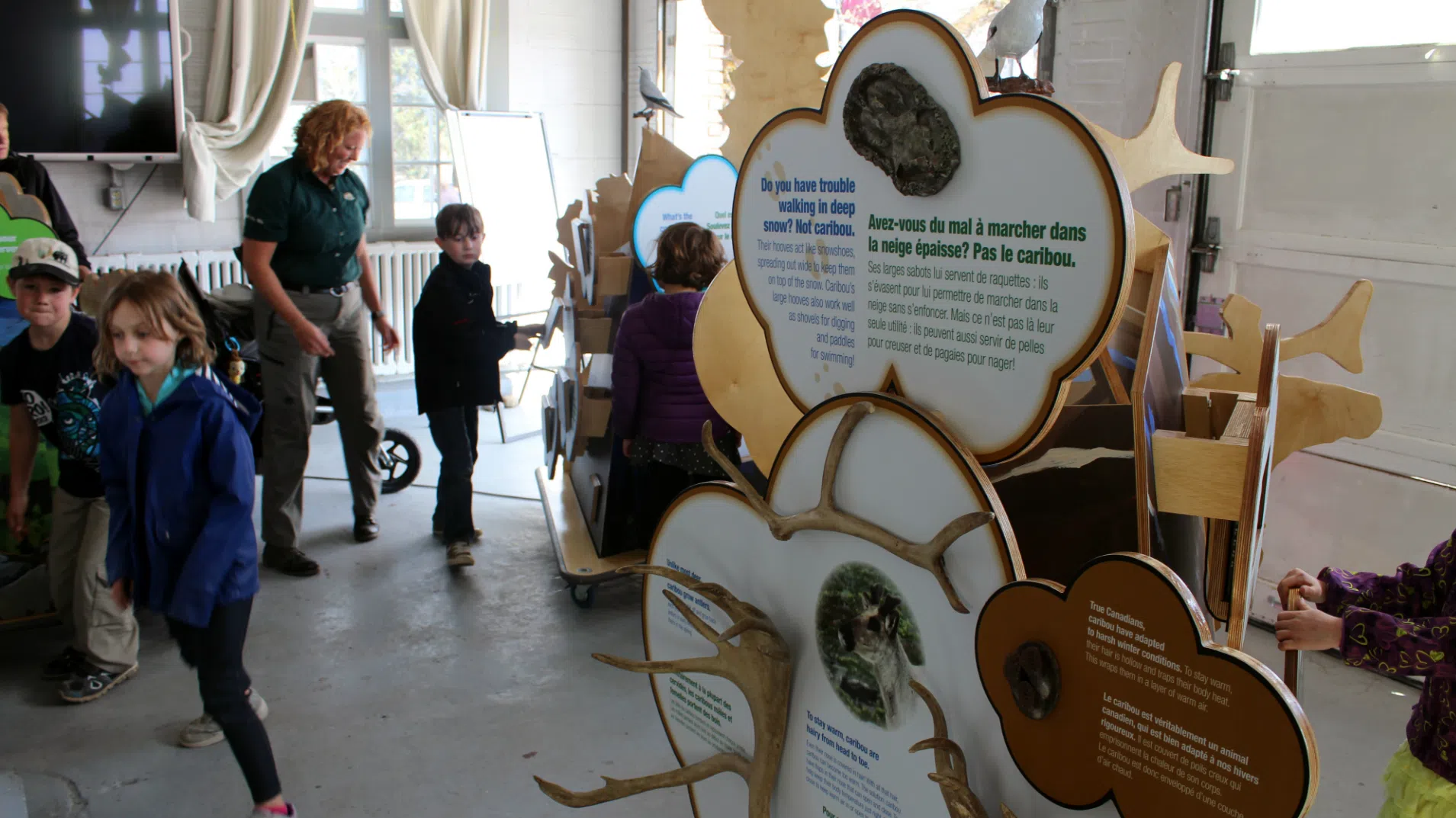
Parks Canada exhibit updated in wake of Kenow fire
LETHBRIDGE – An interactive exhibit coming to Lethbridge that spotlights the connections between wildlife and fire has been updated in the wake of the Kenow fire.
The Parks Canada exhibit called “What’s the Connection?” was already scheduled to run Nov. 8-Jan. 7 at the Helen Schuler Nature Centre. The touring exhibit has also made stops at Science World in Vancouver and Telus World of Science in Edmonton.
“The whole exhibit, by good fortune, as we were planning it, is about the role of fire in our Rocky Mountain ecosystems, and the role it plays in renewing and restoring the forests,” explained Dianne Pachal, acting external relations manager and public outreach education officer for Waterton Lakes National Park. “It’s an opportune time to have the exhibit in Lethbridge.”
The exhibit has a specific focus on how fire affects whitebark pine and woodland caribou. The pine is an endangered species in Canada for two reasons, Pachal said. One is being crowded out by other, taller trees such as spruce and fir.


